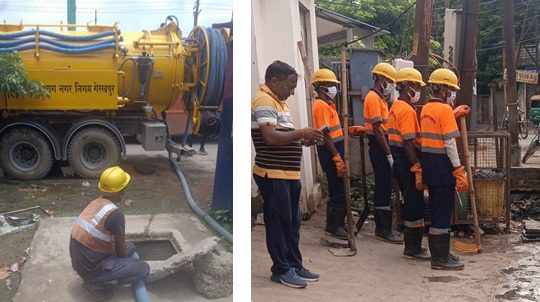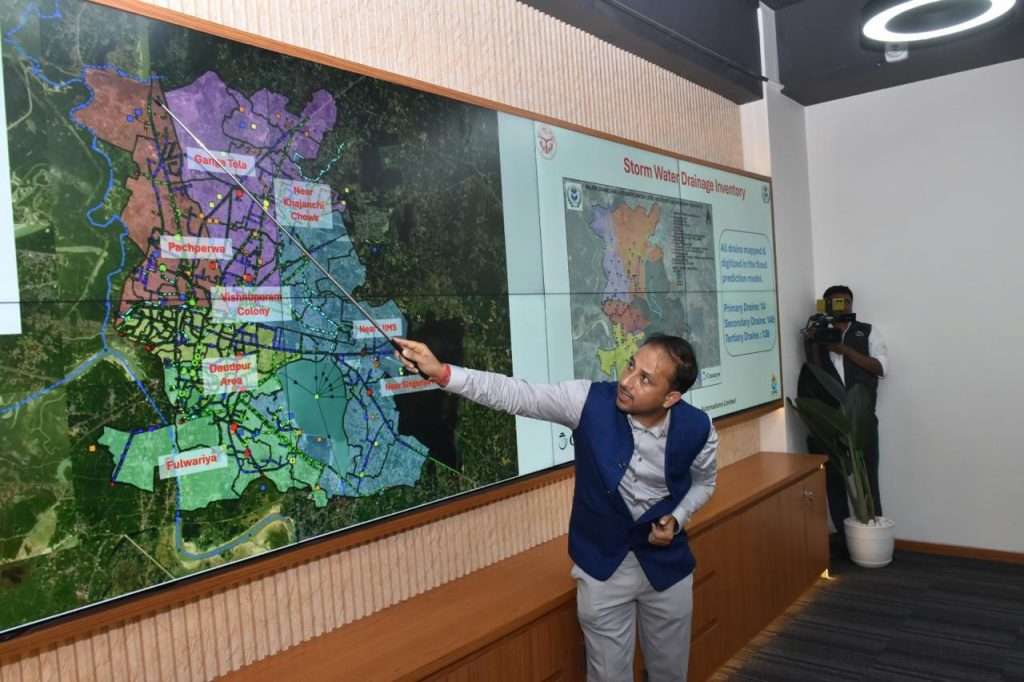Every monsoon, streets here used to tell the same story — ankle-deep water, traffic chaos, flooded homes, and residents wading through knee-high puddles. But this year, there’s a different current flowing through the city, and much of it is thanks to IAS officer Gaurav Sogarwal.
Appointed as the Municipal Commissioner, Sogarwal has taken on one of Gorakhpur’s most persistent urban challenges: waterlogging. Instead of relying on quick fixes, he has introduced a long-term drainage and water management plan that addresses the root of the problem.
Mapping the Problem, Engineering the Solution
Under his leadership, the municipal team has carried out a detailed mapping of all low-lying areas, identified choke points in drainage lines, and deployed high-capacity pumps ahead of the rains. Old, silt-clogged drains are being replaced, and new stormwater channels are being laid to ensure rainwater doesn’t mix with sewage — a first for several localities.
Tech Meets Civic Sense
To make the system responsive, Sogarwal introduced a real-time waterlogging complaint redressal mechanism through a mobile app, enabling citizens to alert authorities instantly. GPS tracking of cleaning crews ensures transparency and speed.

Beyond Drains: A Cleaner, Greener Gorakhpur
The initiative isn’t just about clearing water — it’s also about preventing it from returning. Awareness drives are being run to stop plastic waste from clogging drains, and green patches are being developed in flood-prone areas to absorb excess water naturally.
The results are already visible in several neighbourhoods that previously flooded within minutes of heavy rain — this year, the water drained away within hours.
For the people of Gorakhpur, Gaurav Sogarwal’s work is more than an administrative project — it’s a promise of dignity during the monsoon and a blueprint for other cities battling the same problem.


